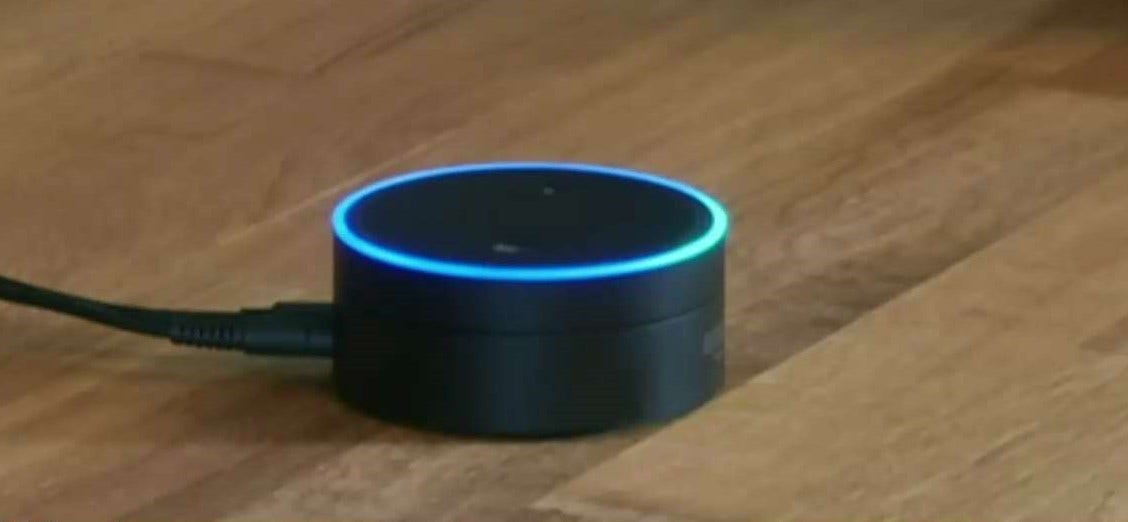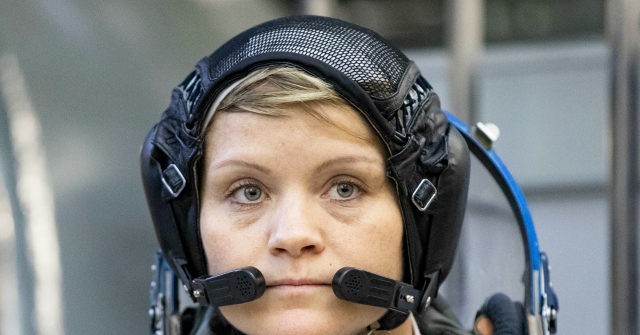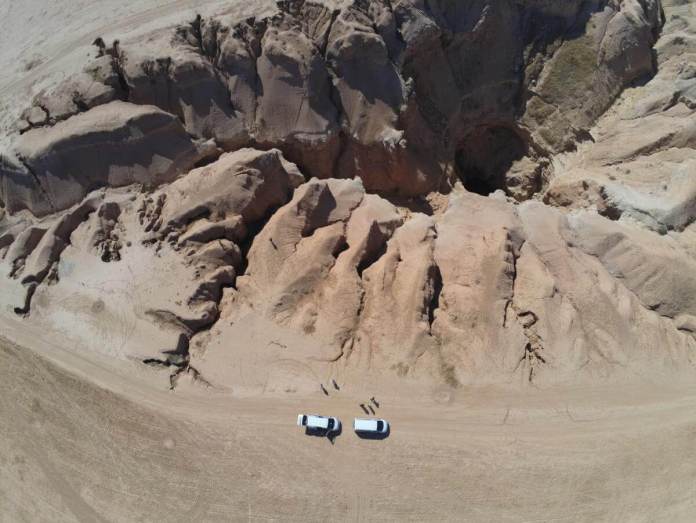Defiance
<Bronze Donator>
- 73
- 116

Still better than having to pay child support, right?
Police identify 6 siblings killed in SE Indiana house fire
Six people were killed in a house fire near Vevay, Indiana, on Saturday.www.wlwt.com
6 family members burned to death, the boyfriend of the oldest 25yr old was also in the house, somehow escaped injury...


Dozens of people have been injured in Kenya, as paramilitary police tear gassed and beat passengers trying to board a ferry in order to make a curfew imposed by authorities to slow the spread of the coronavirus.
According to witnesses, passengers were trying to get on the ferry on Friday in Mombasa before the 7 p.m. curfew. Because the ferry was closing early and was running at a lower capacity to encourage social distancing, a huge crowd built up at the dock. As passengers crowded toward the ferry, security forces dispersed them with tear gas and force.
Namwaya says the brutality doesn't surprise him because this is the way Kenyan security forces have dispersed crowds in the past. Even so, he says the current situation does worry him. Many Kenyans simply can't afford to stay home. If they don't work, they will not eat. Most workers on the island of Mombasa live on the mainland. This ferry is the only way back home.
"So when you declare a curfew or a lockdown for 30 days and ask people to stay indoors for 30 days, you can imagine what that means," he said. "So we are dealing with a restless population and a very reckless police force."
There are similar worries across the border in Uganda, where the government has imposed similar measures. Cell phone video shared Friday on social media showed security forces chasing and firing near people in downtown Kampala. Other videos showed security forces enforcing the new measures by beating a motorcycle taxi man and a store keeper.




Pioneer women blow? No wonder the west was so damn wild.Another blow to women pioneers.

Feds: Estranged Wife Lied About Astronaut Anne McClain Committing First Space Crime
The estranged wife of female astronaut Anne McClain has been charged with lying to federal authorities about her spouse improperly accessing her bank account. The accusation was reported as NASA's first-ever space crime allegation.www.breitbart.com


Crohn’s is an inflammatory bowel disease that can affect several different points of the digestive tract. According to the Mayo Clinic, patients with Crohn’s Disease can suffer abdominal pain, diarrhea, fatigue, and weight loss. The pain can become severe and even lead to life-threatening complications.
There has been no known cure for Crohn’s, but the new study says a treatment devised by Prof. Thomas Borody has successfully put the disease into remission. The new treatment uses specific antibiotic combinations as well as a Fecal Microbiota Transplant (FMT). The transplant takes gut bacteria from a healthy donor and puts it into the patient, where it helps repopulate and rebalance the patient’s microbiome.
Borody is considered a world leader in fecal transfers and has overseen more than 37,000 transplants for the CDD. The study says patients could go decades without needing another treatment for Crohn’s.
“Prolonged remission has been achieved for 3-23 years with individualized treatments,” the report explained.
Borody says this breakthrough treatment now opens the door for streamlining the FMT process. The professor says future treatments for Crohn’s Disease could use a “crapsule” — a pill full of freeze dried fecal material from a healthy donor — which could be easily taken orally.

I don't recommend the syrup either.I wouldn’t take the chewable version.




Parrot supports Human Rights Watch by providing Drones and Software
By
Press
-
4 May 2020

Parrot, the leading European drone group, announced today its support for Human Rights Watch’s mission of investigating human rights abuses around the world. To assist the organization’s work, Parrot is providing its powerful ANAFI drones, along with advanced software and technical support.
Most recently, as part of a Human Rights Watch investigation into ISIS atrocities in northern Syria, Parrot provided support in capturing aerial imagery and 3D data of the al-Hota gorge near Raqqa, a suspected mass grave site used by ISIS.
As part of the investigation, Parrot provided ANAFI drones and on-call support for piloting and technical assistance. The dangerous terrain and steep cliffs of al-Hota made it necessary for Human Rights Watch investigators to use drones to capture imagery at the bottom of the gorge. Data captured by the drones was also used to create a 3D topographical model of the al-Hota gorge with the software Pix4D Mapper. These 3D maps may be used to further investigate below the surface of the water.
“Human Rights Watch is doing incredibly important work around the world,” said Henri Seydoux, chairman and CEO of Parrot. “We are honored to push the boundaries of how our technologies can be applied to help them in their missions.”
This is the second mission Parrot has supported with advanced drone technology and software. Drones have proven to be a vital tool for professionals across many fields to safely access areas otherwise impenetrable by humans and to quickly and efficiently collect valuable data.
The Human Rights Watch investigation, which began in 2017, resulted in an extensive report published today. Titled “Into the Abyss: The al-Hota Mass Grave in Northern Syria,” the report investigates whether the al-Hota gorge was used as a mass grave during ISIS control over the area.
As a result of the investigation, Human Rights Watch calls upon local authorities to treat al-Hota and other suspected ISIS mass graves in Syria as crime scenes, identify the victims at the bottom of the gorge, notify the families of those who were killed, and hold accountable those who committed atrocities.

WASHINGTON – The U.S. Department of Transportation’s Federal Aviation Administration (FAA) today announced the eight companies that will assist the Federal government in establishing requirements for future suppliers of Remote Identification (Remote ID). Remote ID will enable Unmanned Aircraft Systems (UAS), commonly called drones, to provide identification and location information while operating in the nation’s airspace.
The FAA selected the following companies to develop technology requirements for future Remote ID UAS Service Suppliers (USS): Airbus, AirMap, Amazon, Intel, One Sky, Skyward, T-Mobile, and Wing. These companies were selected through a Request for Information process in December 2018.
“The FAA will be able to advance the safe integration of drones into our nation’s airspace from these technology companies’ knowledge and expertise on remote identification,” said U.S. Transportation Secretary Elaine L. Chao.
This initial group will support the FAA in developing technology requirements for other companies to develop applications needed for Remote ID. The applications will provide drone identification and location information to safety and security authorities while in flight.
The technology is being developed simultaneously with the proposed Remote ID rule. Application requirements will be announced when the final rule is published. The FAA will then begin accepting applications for entities to become Remote ID suppliers. The FAA will provide updates when other entities can apply to become qualified Remote ID USS on FAA.gov.
Drones are a fast-growing segment of the transportation sector with nearly 1.5 million drones and 160,000 remote pilots now registered with the FAA. The agency’s ability to develop Remote ID technology simultaneously with the rule enables the FAA to continue to build on a UAS Traffic Management (UTM) system that has demonstrated global leadership through the small UAS rule and the implementation of the Low Altitude Authorization and Notification Capability (LAANC), which automates the application and approval process for most UAS operators to obtain airspace authorizations.
